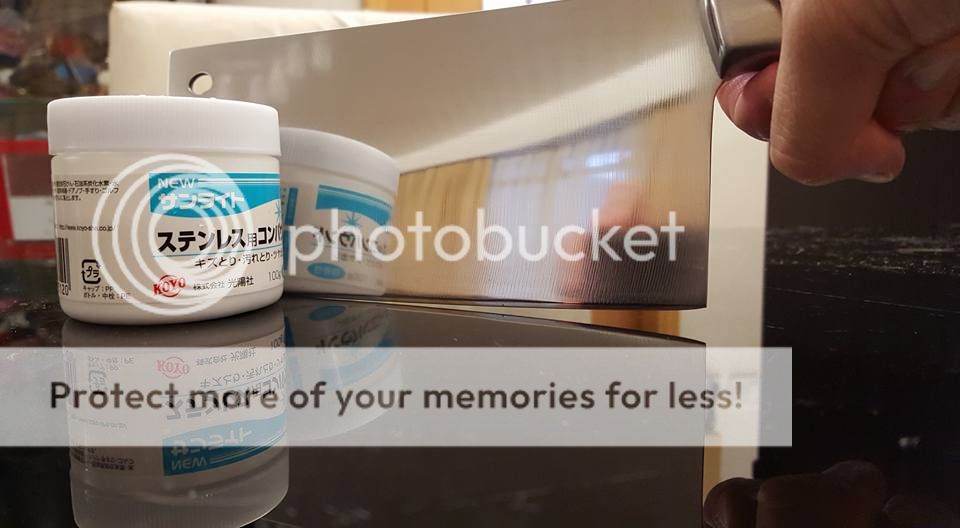The "brushed" finish also helps hide imperfection in finish or scratches from using.
You can't just simply polish out with metal polish (I see the can in your pic?), all you are doing is polishing the inside of the scratches, you need to go lower if you want to remove them.
I am removing the vertical lines from my Zwilling-Kramer 52100 10" chef's knife and it's not fun
Start at 100 grit, then 220, 320, 400, 600, 1000, 1200, 1500, 2000, 2500 wet/dry sand paper; then on to 3um and 0.5um 3M PSA Mylar sheets; may finish with some 0.3um Cr2O3. I don't expect it to be perfect but it will be an improvement, and at about 61 HRC should hold up okay compared to softer cladding on some knives. The 100 is taking FOREVER, I'm thinking once I get the original ones out it should go a bit faster.






